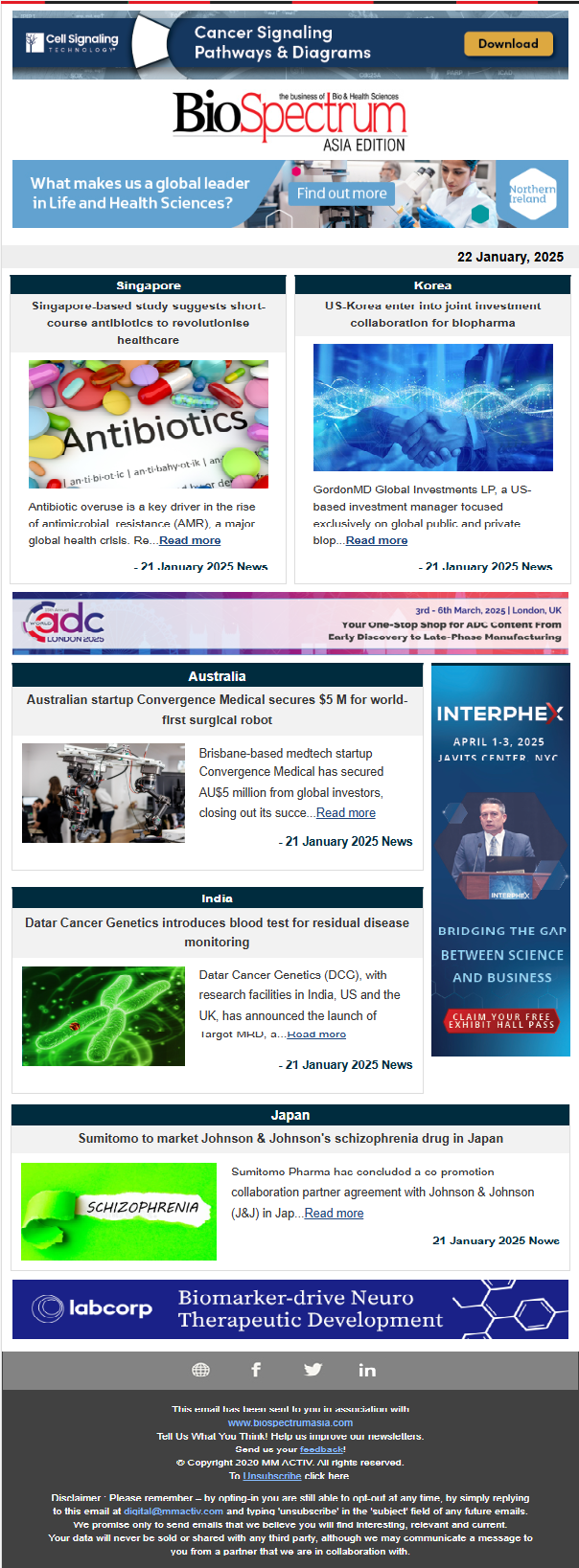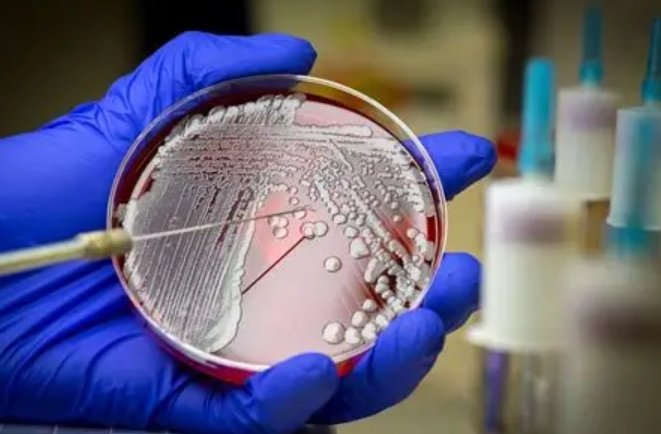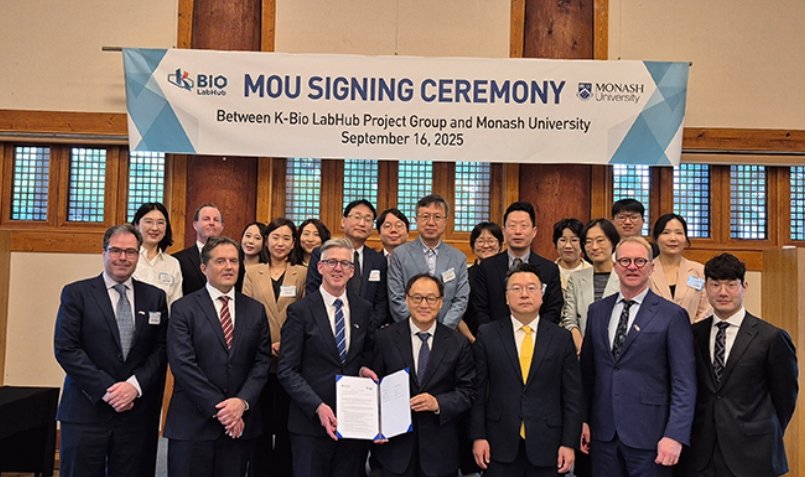
Year after year, trends in life sciences evolve to meet the industry’s ever-changing needs. This includes growing demands of customer and patient expectations, aligning with the heightened capabilities of contract development and manufacturing organisations (CDMO), as well as remaining in front of the regulatory requirements for drug products with highly sensitive substances. When it comes to technology and digitalisation trends, the landscape changes even faster.
In fact, the World Economic Forum states that 87 per cent of companies believe digitisation will disrupt their industry, but only half feel prepared for it. Life sciences, including pharma and biotech as well as their partners are not immune to this drastic transformation. As companies look ahead to 2024 trends, those that are well prepared for the future will not ignore technological developments, but rather find new and valuable ways to leverage them.
Driving Transformation
CDMOs, which manufacture sensitive drug products, develop digitisation strategies to carry through the current transformation and to prevent the use of outdated processes which could harm the quality of drug products. Technologies like virtual reality (VR), and autonomous, collaborative robots are sample tools driving this transformation. While the implementation of these technologies forecast a much more consistent manufacturing process which can bring drug products from start to finish more quickly and effectively than in the past, it also brings targeted and traceable improvements which only strengthen over time.
Making room for robots as teammates, not competitors
Robots are already heavily relied upon in the pharmaceutical working environment and this trend is only growing. The global market for cleanroom robots is estimated to grow from $6.4 billion in 2022 to $25.6 billion in 2030, according to a Research & Markets report. This signifies a major investment in robots for cleanroom tasks throughout the next decade. In 2024, expect the continued use of collaborative, two-arm robots which work alongside human counterparts. Robots, like YuMi receive training from an employee and then carry out the learned steps independently, opening availability for the employee to work on less-routine projects. The result is the utilisation of digitisation to reduce workload, improve the individual working atmosphere, and expand potential outputs.
Cleanroom technology sees continued advancement
State-of-the-art cleanrooms leverage both isolators and restricted access barrier systems (RABS) to meet increasingly strict regulatory requirements. Isolators are widely utilised but have limitations due to an ongoing need for decontamination. Additionally, RABS are a valuable tool to increase efficiency, variability, and speed of set-up. The combination of both technologies, which Vetter refers to as Vetter Cleanroom Technology (V-CRT), uses the advantages of both RABS and isolators to streamline the entire pharmaceutical manufacturing process with all potential pitfalls taken into account.
The future of life sciences will continue to transform to meet growing demands and leverage new technologies. CDMOs which change-proof their processes now and incorporate new technologies quickly will be better prepared to adapt to the future of the industry.
Kai Vogt, Senior Vice President Corporate Development, Legal & Compliance, IT, Vetter




